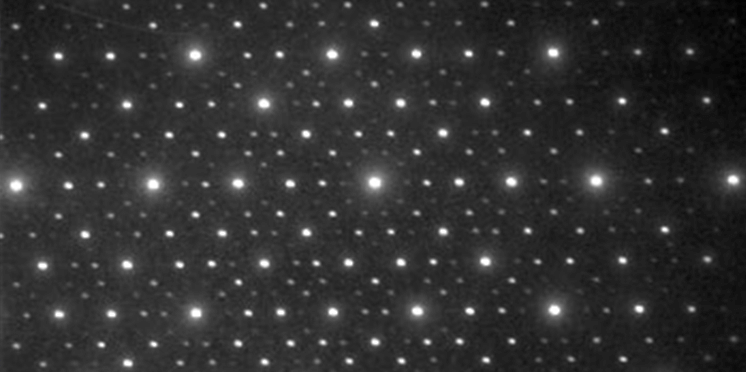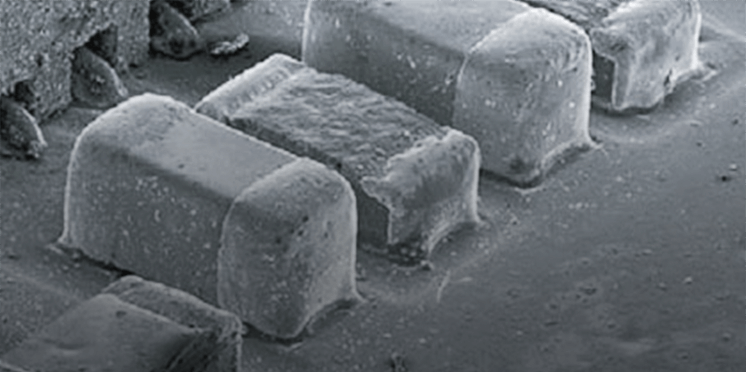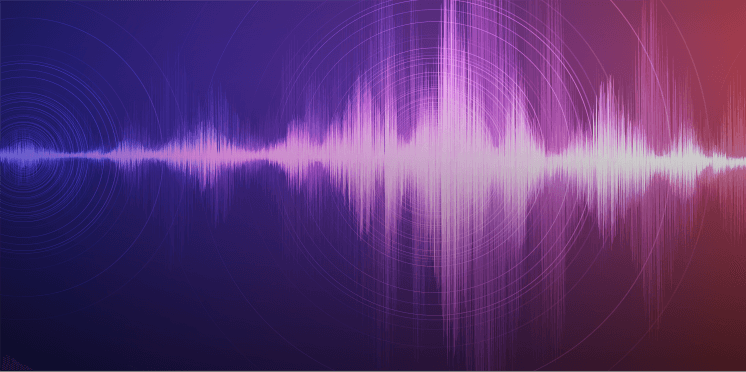k 因子
k 因子
k factor
[目次:分光分析(EELS/EDS/電子構造)]
EDSでクリフ・ロリマー法を適用する場合に使う因子。実験的にk 因子を決める場合は、目的の物質に近い組成の二元素A、Bから成る標準試料について特性X線強度IA、IB を測定し、組成CA、CB を用いて、式k=CA/CB ・IB /IAからk 因子を求める。理論的にk 因子を求める場合はk=(MAQBωBαB)/(MBQAωAαA)によって求める。ここで、M、Q、ω、αはそれぞれ原子量、イオン化断面積、蛍光収率、全K線に対するKα線の比。Qおよびωの精度は悪い。また実際には検出器窓材などによる吸収効果も考慮する必要がある。3d金属程度までの元素に対しては、k 因子に実験値を用いた場合と計算値を用いた場合で、誤差は10%程度といわれている。原子番号が大きく異なる元素から成っている物質の場合には定量精度が悪くなる。
A factor used for the Cliff-Lorimer method in EDS analysis. For the determination of the k factor, a substance composed of two elements A and B, whose composition is similar to the target substance, is used as a standard specimen. Characteristic X-ray intensities IA and IB of the standard specimen are measured. And then the k factor is determined by equation k = CA/CB・IB /IA using the known compositions CA and CB. The k factor is theoretically given by equation k = (MAQBωBαB)/(MBQAωAαA), where M, Q, ω and α are atomic weight, ionization cross section, fluorescent yield and the ratio of Kα line to the total K lines of a substance, respectively. It is noted that the accuracies of Q and ω are low. In actual cases, the absorption due to the window material is also needed to be taken into account. For the elements up to 3d metals, it is said that the error between the quantitative analysis using experimental k factor and that with the theoretical k factor is about 10%. For a substance composed of elements with greatly different atomic numbers, the accuracy of the analysis is low.
関連用語から探す
説明に「k 因子」が含まれている用語






